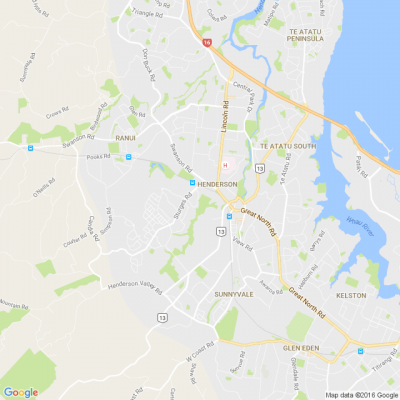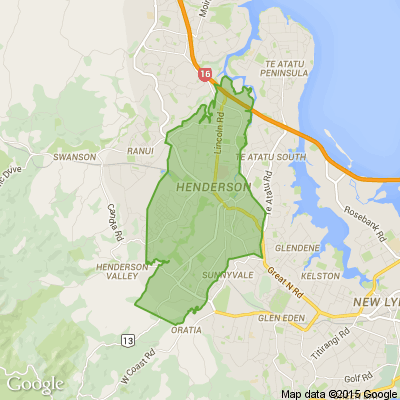Auckland trampers help revive endangered kōkako population
Trampers in Auckland have aided in the revival of dwindling kōkako numbers in a North Island forest, a study reveals.
A four-year survey of the kōkako bird found Pureora Forest Park is the first site nationally to have recovered to more than 1,000 individual birds, while in 1995 there were just seven pairs of kōkako in the area.
Volunteers from the Auckland Tramping Club (ATC) and Howick Tramping Club (HTC) have contributed to pest control operations in the Pureora Forest to protect the kōkako over the past 20 years.
Department of Conservation community ranger Kina Campbell said the two tramping clubs’ continued efforts demonstrate the importance of community contributions to conservation.
“To see the steady growth in the kōkako population is a great reflection in the value of the work being put in by members of these two tramping clubs,” he said.
Trampers carpool to Pureora during kōkako breeding season in spring and early summer, to reduce predators through setting and baiting traps and maintaining bait stations.
HTC spokeswoman Colleen Grayling said between 20 and 25 volunteers regularly give their time and effort, visiting the area up to six times per year.
“The reasons we volunteer are using our outdoor skills and gear for a worthwhile cause, enjoying the bush and birdlife, a chance to hear and see kōkako and the camaraderie of being with like-minded people,” she said.
“Hearing the calls of the increasing kōkako population and seeing the positive survey results drives the involvement. We have definitely had our challenges, but overall, our loyal volunteers’ hard work has paid dividends.”
HTC’s involvement with the kōkako efforts in Mangatutu goes back to 1997, and since 2003 the club has helped with applying for funding, purchasing supplies and administrative tasks to support the Department of Conservation (DOC). ATC has been working in the Tunawaea catchment since 2011.
As a result of the central North Island pest control work, the official status of the kōkako has moved from ‘Threatened’ to ‘At Risk – Recovering’.

What workplace change would you like to see most?
This coming Monday is Labour Day in New Zealand. This public holiday marks when the eight-hour workday and 48-hour workweek became law in 1899. The idea started with Samuel Parnell, a carpenter in Wellington, who in 1840 refused to work more than eight hours a day. Since skilled workers were in short supply, his employer had to agree.
As more skilled workers arrived, employers tried to change working conditions, but Parnell and others kept pushing for better rights. In 1890, Parnell led a Labour Day parade of 1,500 people to promote the eight-hour day. He passed away shortly after, and nine years later, Labour Day became an official public holiday.
Do you feel that we have reached the ideal in working environments yet? What rights are you passionate about relating to employment? Share your thoughts!

Six tips for improving security around your home
1) Improve outdoor lighting
Ensure that streets, driveways, and front yards are well-lit. Motion-sensor lights around homes deter trespassers by reducing hiding spots and illuminating their movements.
2) Trim your trees
Overgrown shrubs and trees provide cover for intruders. Keeping them well-trimmed around windows and doors improves visibility and reduces potential hiding spots.
3) Secure Entry Points
Ensure doors, windows, and gates are always closed when you are away from the house. Upgrade to more secure locks, deadbolts, or even smart locks for added protection.
4) Add a security camera
Place security cameras in the main entry points to your home. Doorbell cameras are also relatively cheap and a great way to keep track of who is visiting your home when you aren't there.
5) Start a Neighborhood Watch Program
You could reach out to members on Neighbourly to form a group of neighbors who can regularly keep an eye out for suspicious activity and report it. You could also check with Neighbourhood Support to see what is existing in your area.
6) Introduce yourself to your neighbours
The closer you are to your neighbors, the more likely they’ll notice when something unusual or suspicious is happening around your property
Feel free to share anything that you do around your area to deter crime.

What's your favourite recipe for gooseberry?
Love gooseberries? Share your favourite way to enjoy them. We're looking for our readers' favourite family recipes for this delicious crop. Send yours to mailbox@nzgardener.co.nz, and if we use it in the magazine, you will receive a free copy of our December 2024 issue.








 Loading…
Loading…














